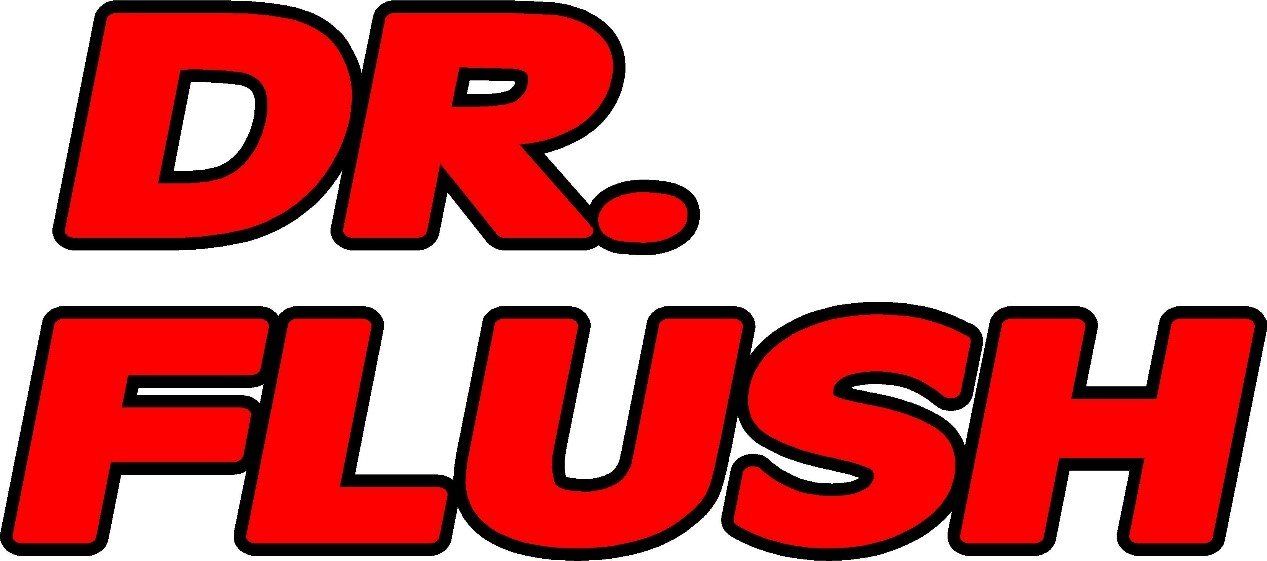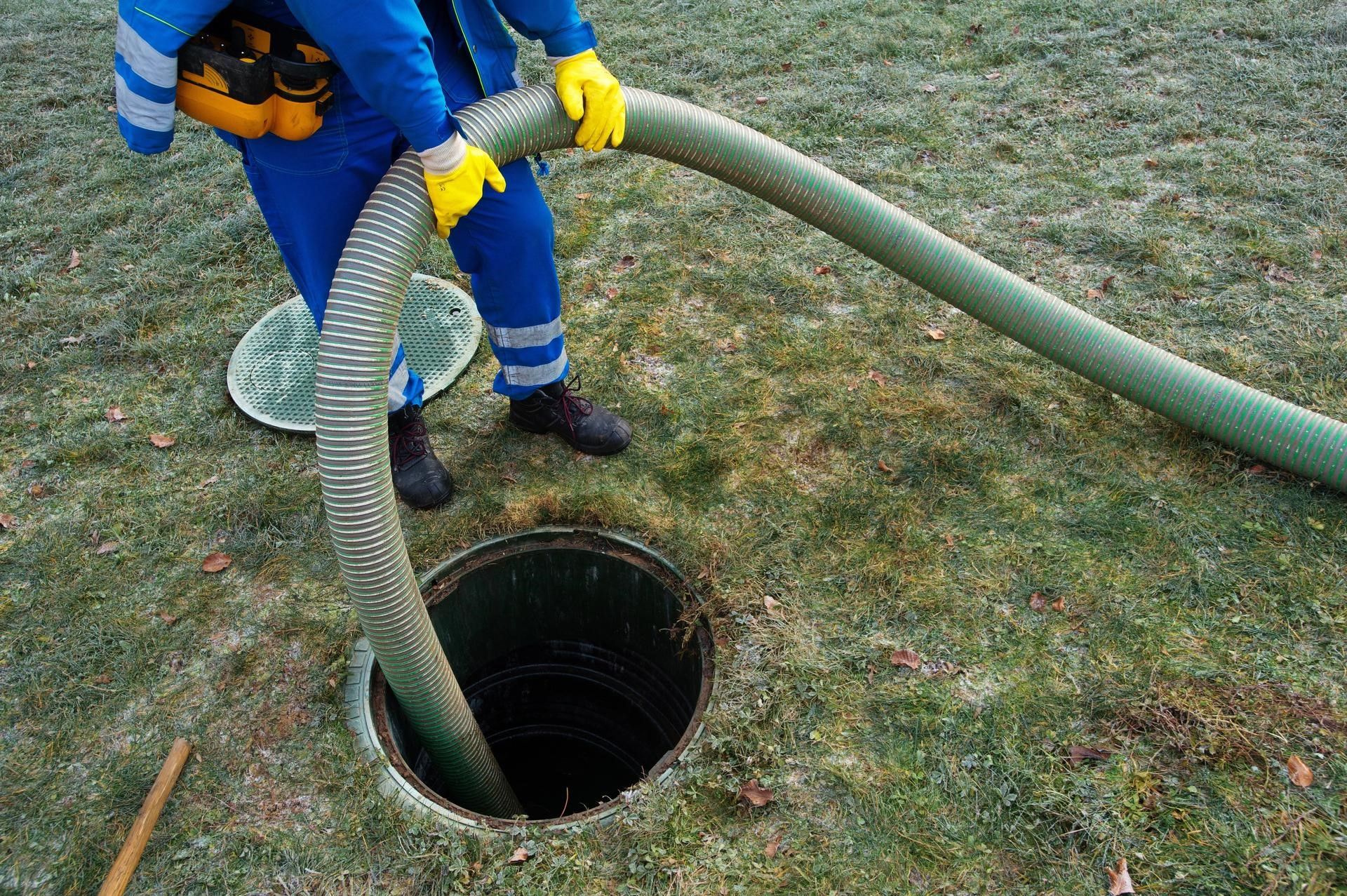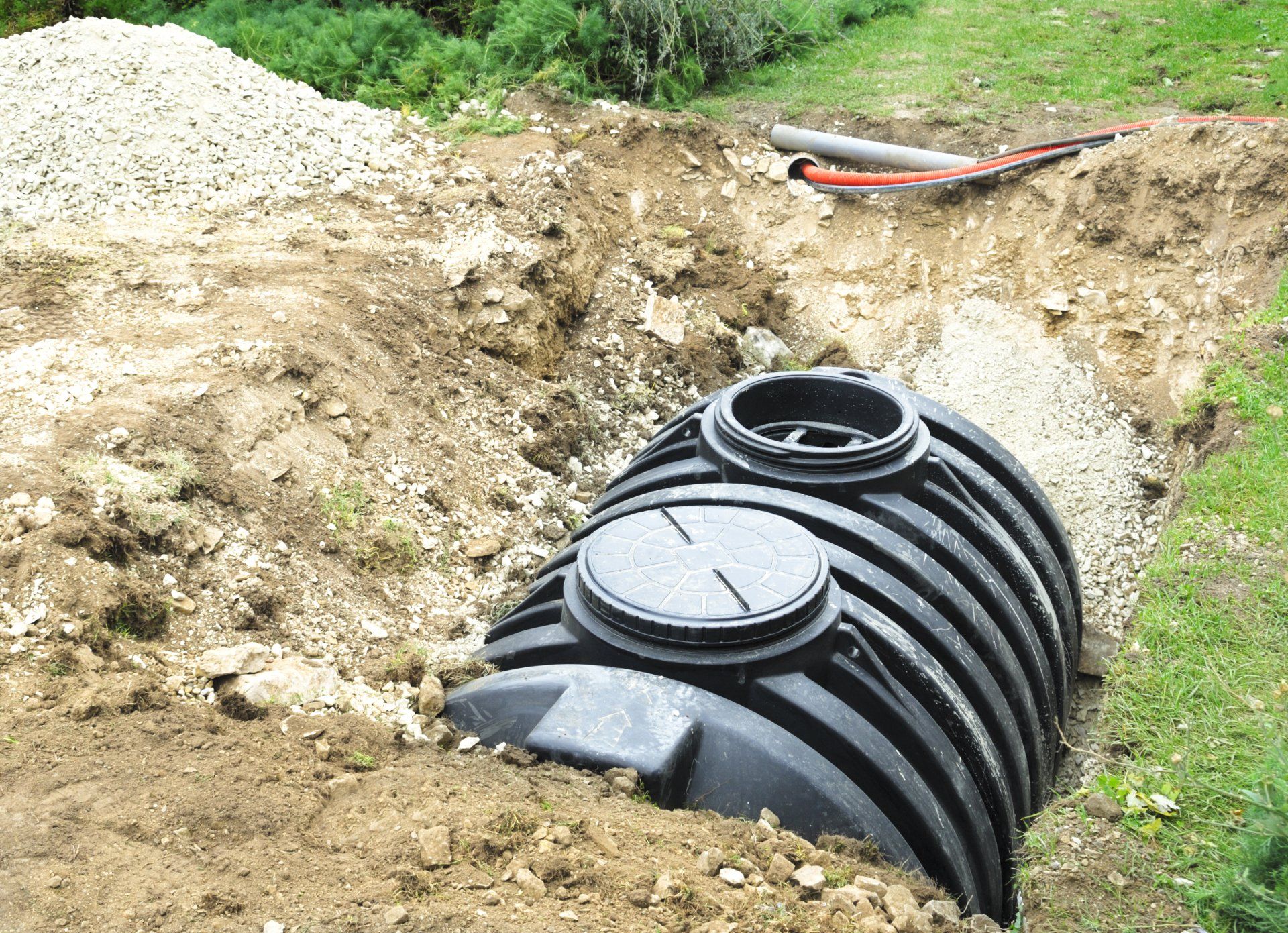Components of a Septic Tank
Most homeowners know that their septic system plays a crucial role in their home's plumbing, but few understand how a septic tank works. You can maintain the health and proper functioning of your septic system if you understand its components and how they fit into the septic tank's operation. Read on to get up to speed on septic tanks and understand their inner mechanisms.
Inlet Pipe
The inlet pipe is the first component that the wastewater from your house encounters in the septic tank system. The inlet pipe transports wastewater from the plumbing in the home into the tank. The inlet pipe is usually located at the bottom of the tank.
The inlet pipe uses a lid to prevent the entry of solid materials like dirt and debris into the septic tank system. Additionally, the inlet pipe prevents wastewater from flowing back into the home.
Baffle
The baffle is a pipe or wall that is placed at both the inlet and outlet of the tank. It serves to separate the wastewater into two layers. The heavier solid particles sink to the bottom of the tank, while lighter waste rises to the top.
The inlet pipe baffle acts as a breaker for the effluence that comes into the system. The outlet pipe baffle helps to reduce the amount of solids that reach the drain field.
Septic Tank
The septic tank comprises of materials like concrete, fiberglass, or plastic and is buried underground. The tank stores wastewater for about 24 hours, which allows the heavy solids to sink to the bottom and the lighter scum to float to the top. The next step in the sewage treatment process involves anaerobic decomposition or digestion.
Anaerobic digestion is the process of organic matter decomposition in the absence of oxygen. In a septic tank, anaerobic digestion breaks down the organic matter in wastewater, such as human and animal waste, food scraps, and paper products.
This process relies on bacteria, which use the organic matter as a food source. The bacteria break down the organic matter into simpler compounds like carbon dioxide, methane, and other nutrients.
Once the organic matter decomposes, the remaining liquid ejects from the tank and is filtered through the soil. This process helps to reduce the amount of pollutants in the wastewater and helps to protect the environment.
Outlet Pipe
The outlet pipe is a T-shaped pipe that transports wastewater from the tank to the drain field. The outlet pipe is usually at a lower level, which allows the treated outlet to flow into the drain field. However, the effluent must first pass through the outlet baffle before it flows into the drain field.
The T-shape on the outlet pipe of a septic tank allows for the buildup of solids, scum, and other materials that the bacteria have not fully broken down inside the septic tank. The T-shape slows down the flow of the wastewater that exits the tank, which gives the solids more time to settle and decompose in the tank. This design helps prevents overflows and clogs inside the structure.
Drain Field
The drain field is a series of perforated pipes buried in the ground. When the wastewater leaves the septic tank, it flows into the drain field, where it passes through the soil for further filtration before being released into the environment. The drain field can feature additional filtration, like gravel and rocks, that further filter the effluent as it drains into the field.
You will need a professional to inspect and maintain these components if your septic tank fails. Contact us at Dr. Flush for septic tank repairs, maintenance, and other services. We serve residents of Greenville, Spartanburg, Anderson, and surrounding regions.








